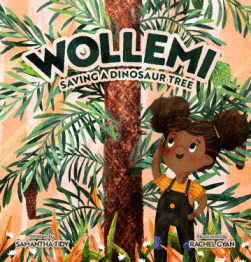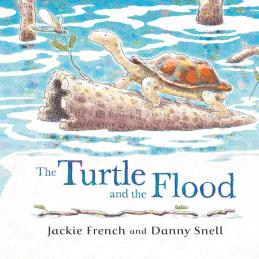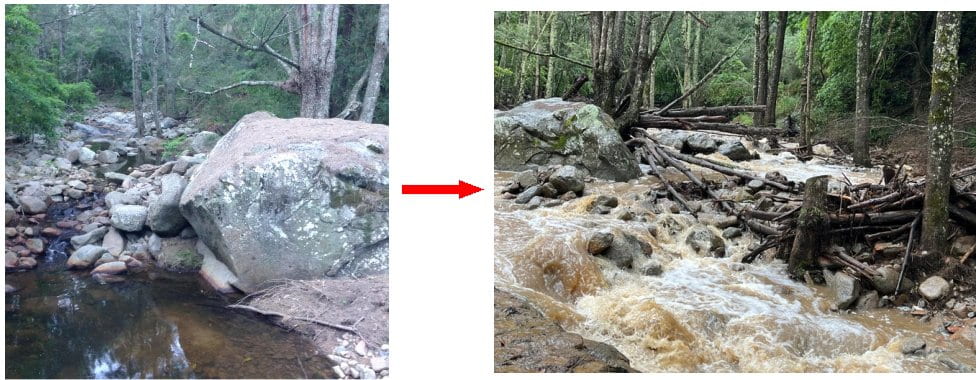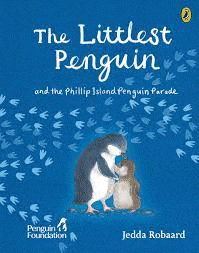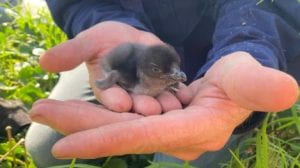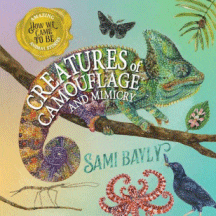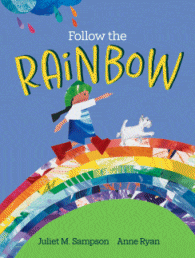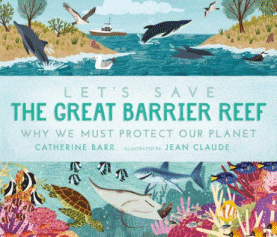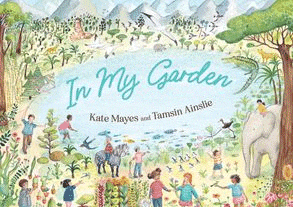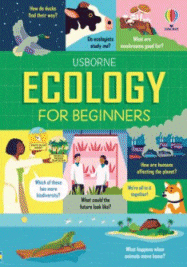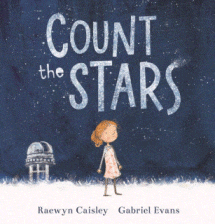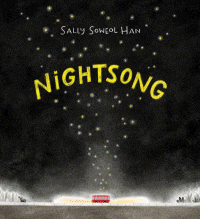
Nightsong
Nightsong
Sally Soweol Han
UQP, 2023
40pp., hbk., RRP $A24.99
9780702266188
Lewis has been in the noise of the city all day and he is really looking forward to the peace and quiet of his country home. But on the way home, the bus gets a puncture and they are stranded. Straight away the adults start to chatter-chatter-chatter so Lewis moves away and as he climbs into a field a whole new world of sound and songs opens up to him…
Anyone who, like me, lives in the country, will empathise with Lewis in his desire to escape the noise and busyness of the city. Han has used a clever technique of using speech bubbles and words in the illustrations to convey all the sounds in this story, and this emphasises the continual and constant cacophony that we are surrounded by every day, particularly if you live in the city. So not only is the peace of the countryside so different, it is very welcoming and restful. And sometimes, even then, it is not until we are forced to listen do we actually hear, as Lewis does.
In her book, Tiny Wonders, the focus was on the greyness of the city where everybody is too busy to stop and look at the colours in the cracks and crevices, and this is similar as we seem to be so busy making our own noise we don’t hear the songs that nature provides us with.
Mem Fox once said that reading a story at bedtime is like “drawing the curtains on the day” and this story offers an additional element to that. By taking the time and having our children listen to the sounds of night falling – the natural sounds of Mother Nature closing some things down while others awake to start their new day – can be very calming and soporific. What sounds can be heard? What is making the noise? Why are some creatures waking up when others are going to sleep? All questions that can be explored in the morning…
